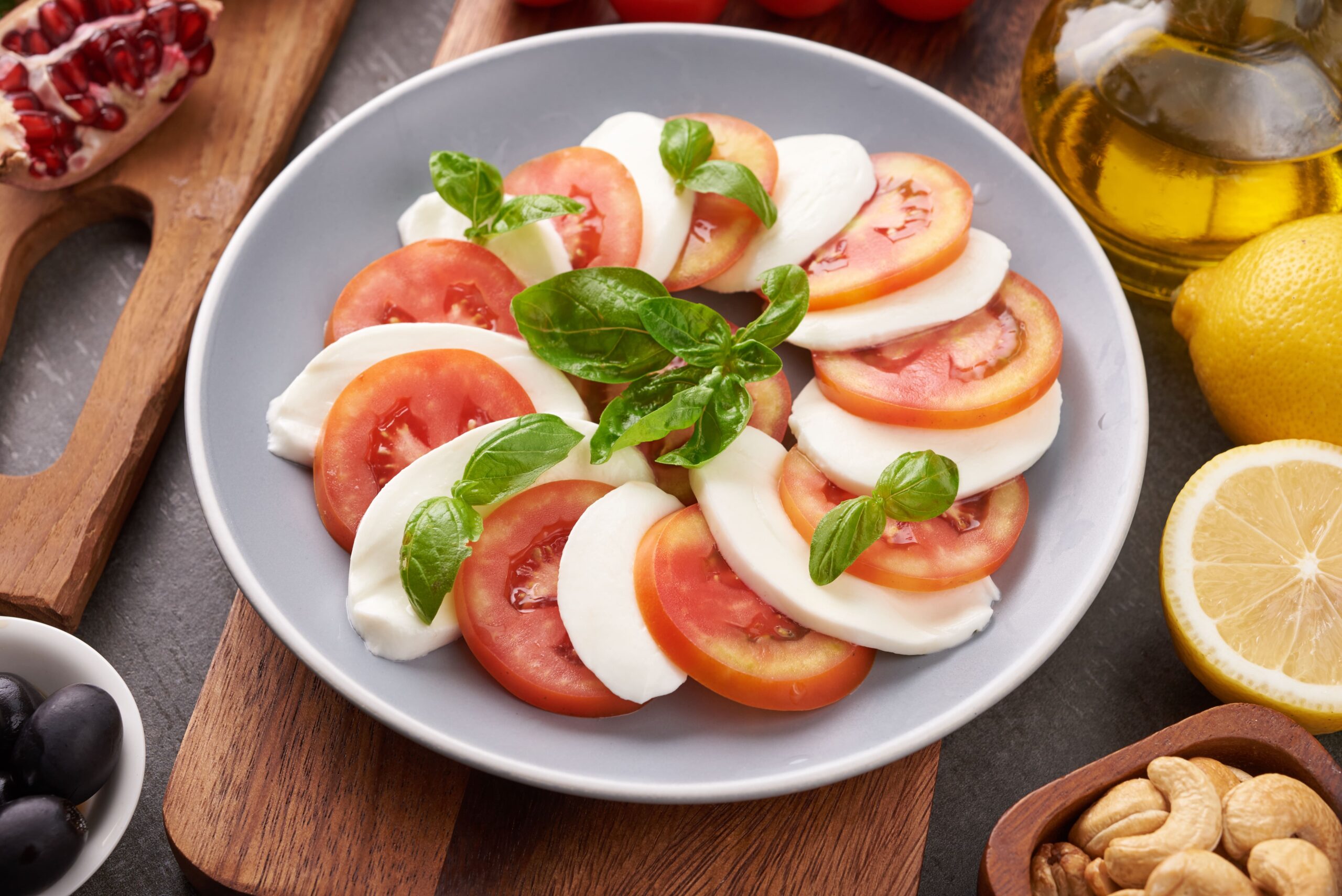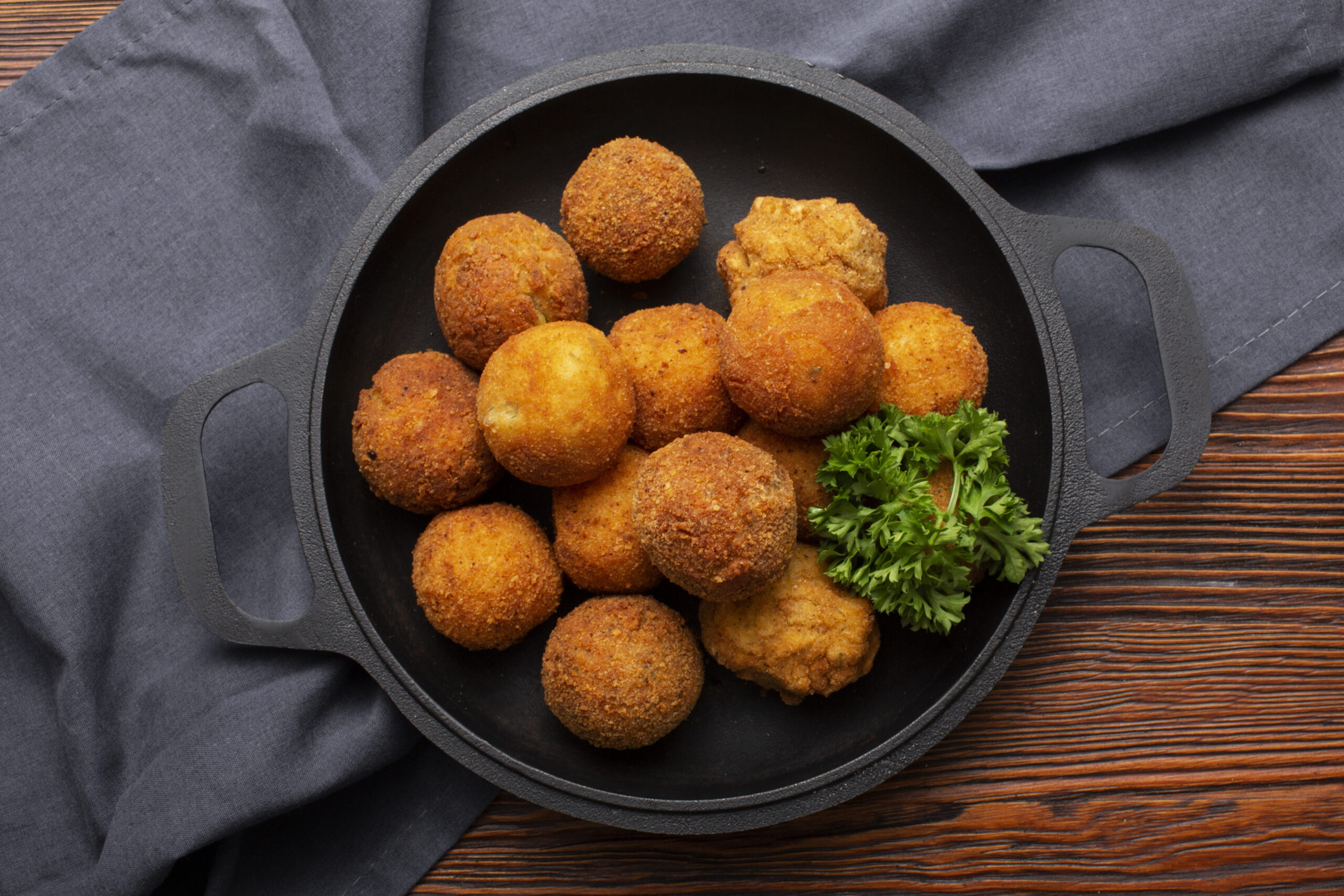Simplicity always wins in the kitchen, and bruschetta embodies this beautifully. It’s a simple yet flavorful dish. A beloved appetizer, it’s a humble dish that remains a staple in restaurants across Italy. Bruschetta’s origin celebrates the Italian flag, thanks to its vibrant colors. The green of basil, the red of tomatoes, and the “white” of bread symbolize Italy’s Tricolor. With just a few minutes of preparation, you get a healthy, satisfying dish. A slice of toasted bread, rubbed with garlic, drizzled with olive oil, and topped with cherry tomatoes. Over time, creative additions have enhanced it, from olives and tuna to anchovies. Some even experiment with bold combinations like robiola cheese and roasted peaches with balsamic vinegar. There are countless ways to reinvent bruschetta on a simple slice of toast. Let’s explore its origins.
Bruschetta: a bit of history
The term bruschetta probably derives from brusca, that is the brush for cleaning horses and oxen from excess fur. There are those who derive the name from the verb bruscare, for the note toast, to burn, to cook. The true origins of bruschetta are lost in the mists of time. In fact, there is no clear information. Many scholars place the origin of this dish between Tuscany and Lazio. It is very probable that one of the first bruschetta prototypes was prepared by a “farmer”, a peasant from the ancient Republic of Rome, to taste the goodness of the oil produced by himself.
Etruscan’s bruschetta
After all, oil is essential in the preparation of bruschetta and the ancient Etruscans were the first who used it, extracting it from the pressing of the olives cultivated by them. But it became a real food and dish thanks to the ancient romans. Depending on the Italian regions it is called differently: in Tuscany it is called fettunta, a slice of silly bread (that is, without salt) oiled and enriched with tomatoes, experiments, creativity and different flavors; in Piedmont it is called soma d’aj, a name deriving from donkeys (soma) and garlic; in Calabria it is called fedda ruscia, meaning toasted slice.
The classic tomato bruschetta
When people think of bruschetta, they often envision the classic tomato version, known as bruschetta al pomodoro. This beloved variation highlights ripe, juicy tomatoes, typically mixed with basil, garlic, salt, and a generous drizzle of extra virgin olive oil. Served on perfectly toasted bread, this dish celebrates the essence of Mediterranean ingredients and offers a burst of freshness in every bite.
Regional variations and creativity
While the classic tomato topping is the most widespread, bruschetta comes in many forms across Italy. In Tuscany, bruschetta al cavolo nero features kale, especially during the colder months. In regions like Puglia, you’ll find variations with ricotta or marinated vegetables. Some versions even include cured meats like prosciutto or anchovies, elevating the simplicity of the dish with bold, savory flavors. The beauty of bruschetta lies in its versatility. Whether served as a light starter, a snack, or part of a larger antipasti spread, bruschetta adapts to any occasion. Its foundation—good bread, olive oil, and fresh toppings—means it’s easy to prepare and always satisfying. This flexibility has made bruschetta a beloved dish not just in Italy but across the world.
A celebration of seasonal ingredients
(fonte immagine: Freepik)
Related post




